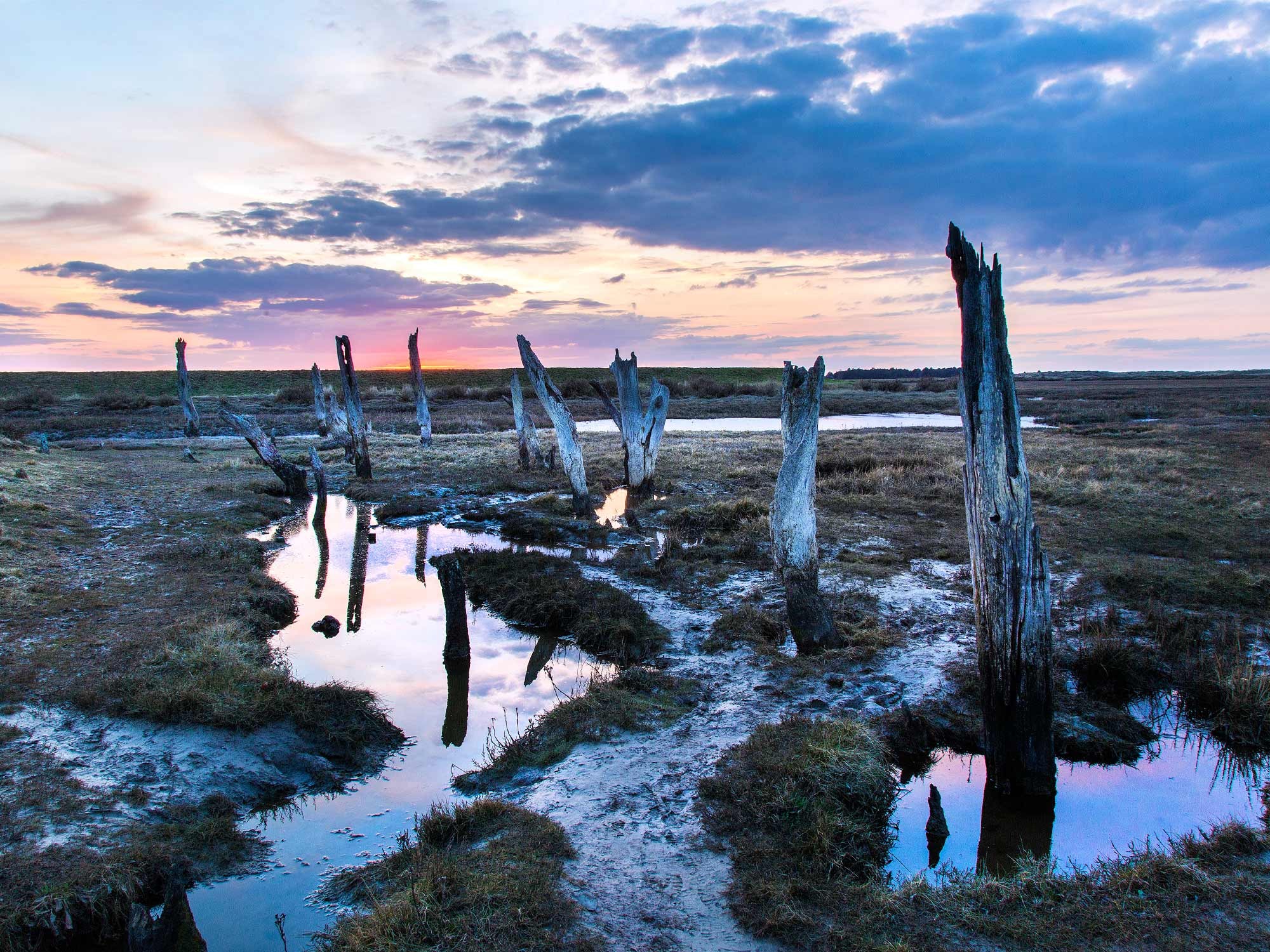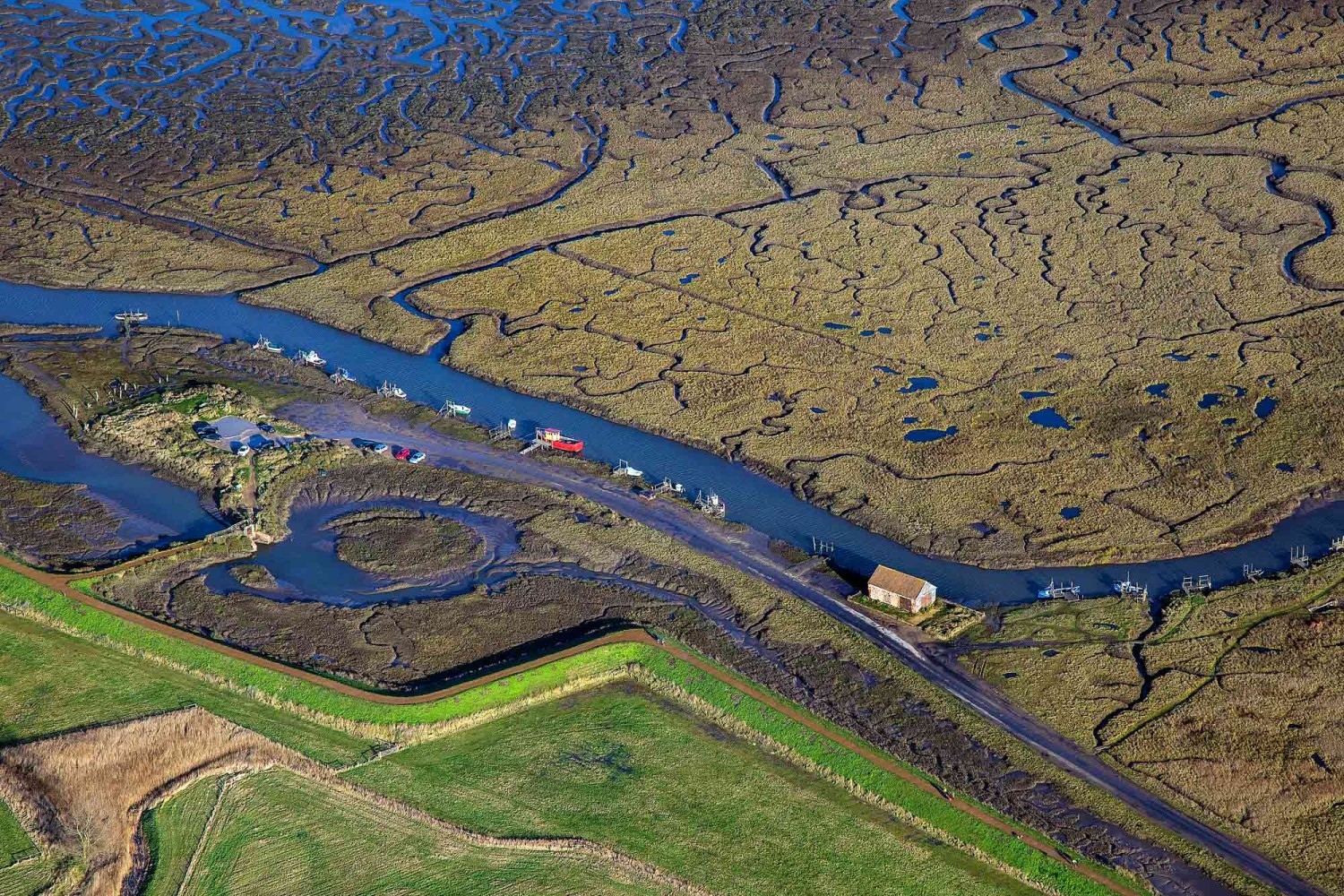
Thornham Marsh
Located on the north coast of Norfolk, between the villages of Titchwell and Thornham, you’ll find one of the best places in Norfolk to see avocets - and it’s rather appropriate that the bird is the emblem of the RSPB, as this is a birdwatcher’s paradise. It’s not too bad for lovers of natural beauty either.
The area’s stunning beach, reedbeds, saltmarshes and freshwater lagoons offer some of the most picturesque views in the entire country, but they also offer a diverse range of habitats for huge numbers of birds all year round.
The population of wading birds, wildfowl and geese gathers in huge numbers from mid-autumn onwards, and with the arrival of migrating birds from Scandanavia and northern Europe, the freshwater lagoons are soon packed with a variety of resident species and visitors.
Autumn is also the perfect time to watch marsh harriers soaring low over the reedbeds as the light falls - although visit in spring and you can enjoy seeing them spiralling high overhead in an intricate courtship skydance.
The nature reserve has been under threat from the effects of coastal change, the impact of sea level rise and increasing storm events.
The Titchwell Coastal Change Project was designed to save the reserve from the effect of these coastal changes, and the project has now been successfully completed, with realigned sea defences to the north and stronger banks around parts of the reserve to the west and east. The future of the reserve and its wildlife is assured for at least the next fifty years.
This precious environment is also important for rare birds such as bittern and bearded tits - and it’s also a well-established home for otters, voles and Chinese water deer.
It’s a precious place, but the marshes around Thornham are also precariously fragile. The coastline is eroding, and the damage caused by surge tides, storms and rising sea levels has taken its toll - with an inevitable impact on the resident wildlife.
Happily, the recently-completed Titchwell Coastal Change Project was designed to save the reserve from the effect of these coastal changes and preserve it for future generations of animals, birds and visitors.
With realigned sea defences and stronger sea banks, the future of this beautiful reserve and its wildlife is assured for the foreseeable future.

